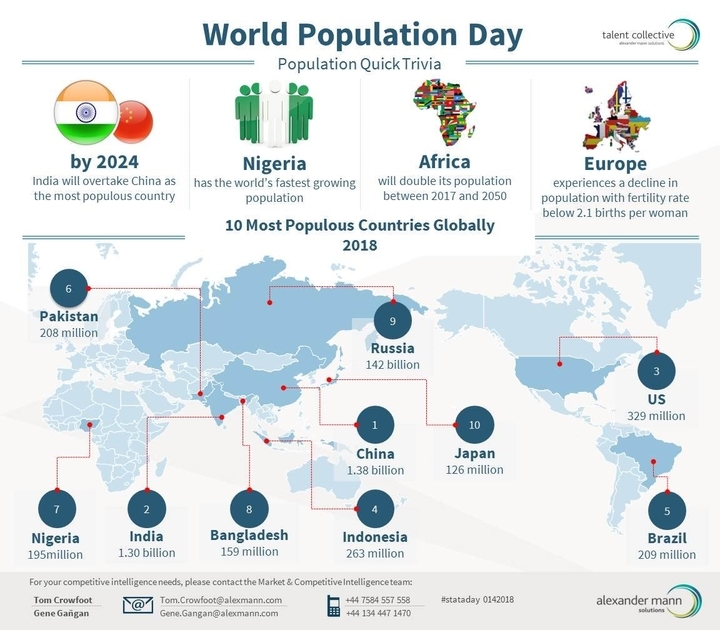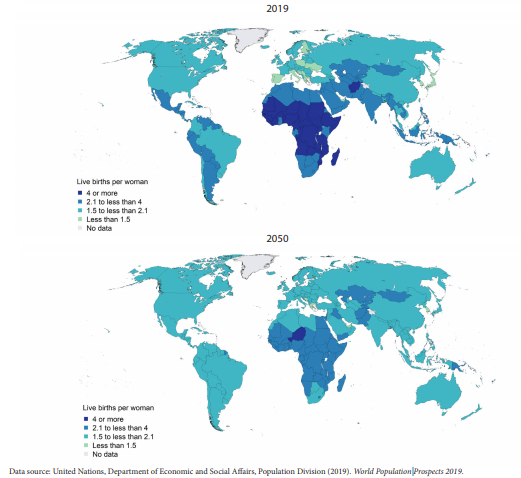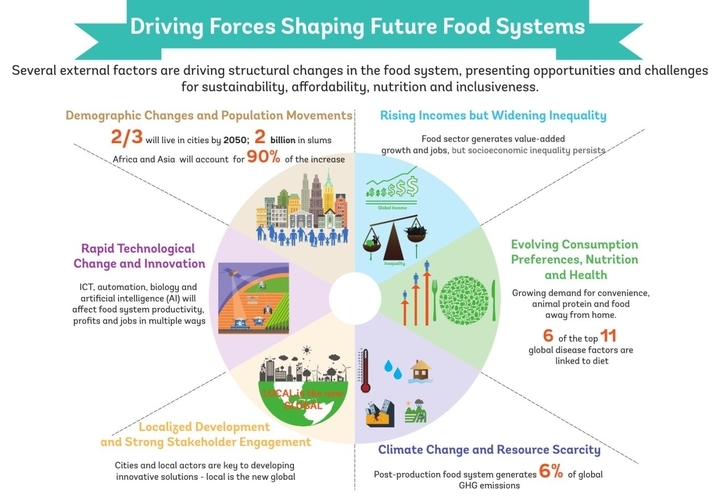- Home/
- Other State Exams (Other State PSC)/
- Article
Population and associated Issues for UPSC in Hindi & English
By BYJU'S Exam Prep
Updated on: September 13th, 2023

Table of content
The population is the key to Sustainable development or sustainable life on Earth. Changes in the demography of a region have deep-rooted impacts globally; Economic, political, environmental, and cultural; every aspect of the area has the population in its core.
The topic Population and Associated Issues is mentioned in UPSC mains examination syllabus of GS Paper 1. This is also important for the ‘Geography section’ of state PCS and other government competitive exams. A detailed analysis of this topic is covered in this article.
Population and Associated Issues
Prior estimation of the population is necessary for the governments to formulate policies accordingly and ensure preparedness to accommodate the increasing needs of basics of a decent life with increasing population.
The United Nation’s World Population Prospect, 2019 highlights that the world population continues to grow but at a slower pace (from 5.3 billion people in 1990 to 7.7 billion people in 2019) owing to the global efforts to reduce levels of fertility. This population is projected to be increased to 8.5 billion in 2030, 9.7 billion in 2050, and reach up to 10.9 billion by 2100.

The population across the globe is not same or evenly distributed. Every region presents a unique set of population characteristics and a completely different set of challenges associated with them.
Factors affecting Population
- Demographic Drivers: Demographic drivers of population change include fertility, mortality, and migration. Declining fertility rate (from 2.5 live births per women in 2019 to 2.2 in 2050 to 1.9 in 2100.), increasing life span has further led to slow population growth with an increasingly ageing population.
- Availability of Resources: Population settlements are mainly found near the availability of natural as well as economic resources like availability of water, cultivable lands, employment, etc.
- Type of Terrain: The type of terrain also plays a vital role in population distribution. Harsh terrains with lesser connectivity generally have less dense settlements. The people living in these regions often have to migrate in search of employment and to fulfil basic needs.
- Political Stability of the Region: Political instability in the region also compels its people to migrate from there in search of a better life and a secure environment. For example, the population in countries like Syria, where due to the Syrian Civil War in 2014 nearly about 4 million people emigrated.
- Government Policies: Government policies also have a significant impact on the population in the region. For example, in countries like China, due to the ‘One-Child Policy’ of the government, many of the births remain unregistered, which majorly constitute the girl child. Whereas in countries like Norway, Sweden, etc. with maternity promoting and supporting policies have greater participation of women in the workforce, which brings economic benefits to the country.
- Level of Literacy: Literacy has a direct relation with institutional births and awareness regarding birth control measures. In countries with lesser literacy rate, the rate of institutional births is also less. Educated women make informed reproductive healthcare decisions, which leads to population stabilization and better infant care.
- Per Capita Income: Per Capita Income or per household income also influences the maternity decisions globally. Regions with low household income tend to ignore the need and the importance of institutional births. These regions also show a trend of high fertility rate along with a high mortality rate.
- Technological Advancement: Technological advancement of the region impacts its population. Technologically advanced countries (developed countries) have better healthcare facilities including better drugs and medical instruments while in developing or under-developed countries the healthcare technology is generally obsolete thus, play a lesser role in safe birth and better quality life.

Some of the issues associated with global population are as follows
- Overpopulation and Under Population: The spatial variations in the distribution of population can be seen clearly. The world has some densely populated regions like India, China, while some areas are sparsely populated like Greenland, Mongolia, Western Sahara, etc. The demands and the needs of both the regions are different. Thus, it requires specific policy formulations.
- Changing Age Structure: The recent UN report (World Population Prospect, 2019) highlights that the world is moving towards an ageing population majorly due to declining fertility rate, increasing life span, advancement in healthcare services, better percolation of information, etc. Thus, the world needs to prepare itself to address the issues with the old-age population.
- Utilization of Resources: Overpopulated countries have higher pressure on the available resources of the country which leads to depletion and degradation of resources while in under-populated countries; there is no optimum utilization of resources which further leads to their depletion.
- The strain on Infrastructure: Overpopulated countries have burdened land use pattern, which leads to the creation of a concrete jungle to fulfil the basic need for housing and shelter. Overcrowding of the place also leads to congestion, the establishment of slums, etc. which further leads to the problems of blocked water channels, flash floods, hygiene and sanitation, an outbreak of diseases, law and order issues, increased crime rates, and social insecurities.
- Economic Inequality: Huge population makes it challenging to distribute economic benefits in society equally. The per capita income reduces significantly on account of the rapidly growing population.
- Providing Education and Healthcare Services: Rapidly increasing population means greater child population. Thus, to provide quality education to every child is a more significant challenge. Developing Healthcare infrastructure, doctors, and other healthcare service providers sufficient for such a huge population is also a challenge.
- Job Creation: The job creation for the increasing population is a great cause of concern. Lower literacy rate, along with poor skill set poses a great burden on the government for job creation.
- Environment Degradation: Overpopulation increase pressure on land, which leads to deforestation. Overcrowding leads to congestion, which leads to increased vehicular pollution. Use of fertilizers, insecticides, and pesticides to increase agricultural productivity to fulfil the food demand of population leads to soil degradation and water pollution. Thus, degrades the environment.
- Food Security: Uneven distribution and growth of population also pose a threat to food security of the region. Countries with a vast population base and low per capita income are home to malnourished hungry people.

- Social Security and Crime Rate: Rapid population growth also poses a threat to social security and law and order condition in the region. Increasing crime rate including illegal activities, crimes against children and women, corruption, murders
Thus, the population has an impact on every look and corner of the globe. Therefore, it is the need of the hour to check further increment in population growth rate globally. The impact is not limited to a region. Thus, efforts should be made collectively. Various preventive measures have been undertaken globally to control the population growth rate. However, bids for sustainable growth have to be made.
The population may be controlled by ensuring the following three aspects:
- Increasing literacy rate along with spreading awareness through compulsory sex education.
- Increasing the minimum age of marriage to 21 years of age.
- Adopting family planning methods.
Along with with that women should be economically empowered, healthcare services should be improved, and percolation of benefits of economic growth to smaller cities and village in place of some pockets of growth should be ensured, so that sustainability of existing resources and infrastructure can be guaranteed.
More from Us:
Udaan: A 90-Day Course to Qualify GS Paper of UPPSC Prelims
Check other links also:
Previous Year Solved Papers
Monthly Current Affairs
UPSC Study Material
Gist of Yojana
Daily Practice Quizzes, Attempt Here
The Most Comprehensive Exam Prep App.


